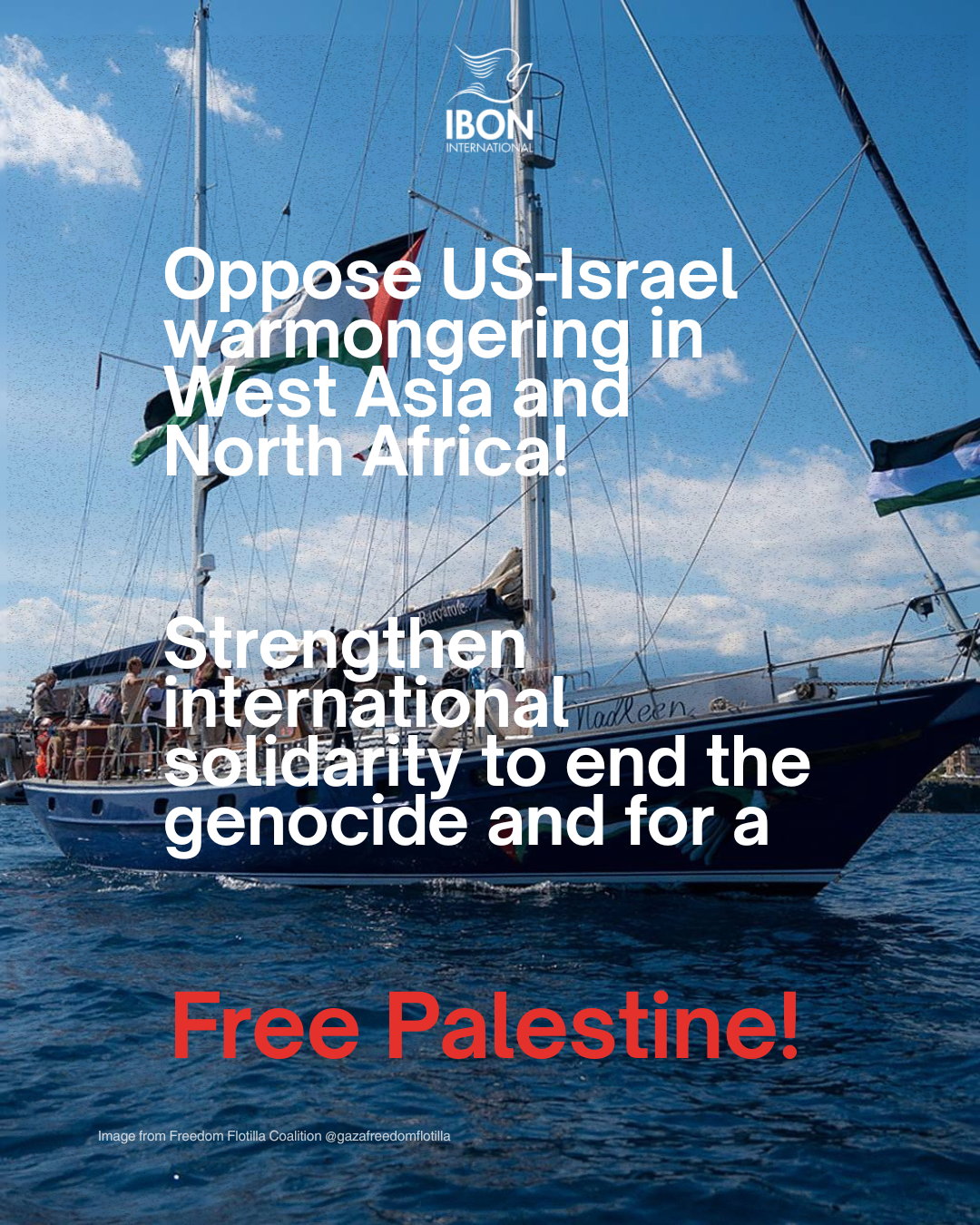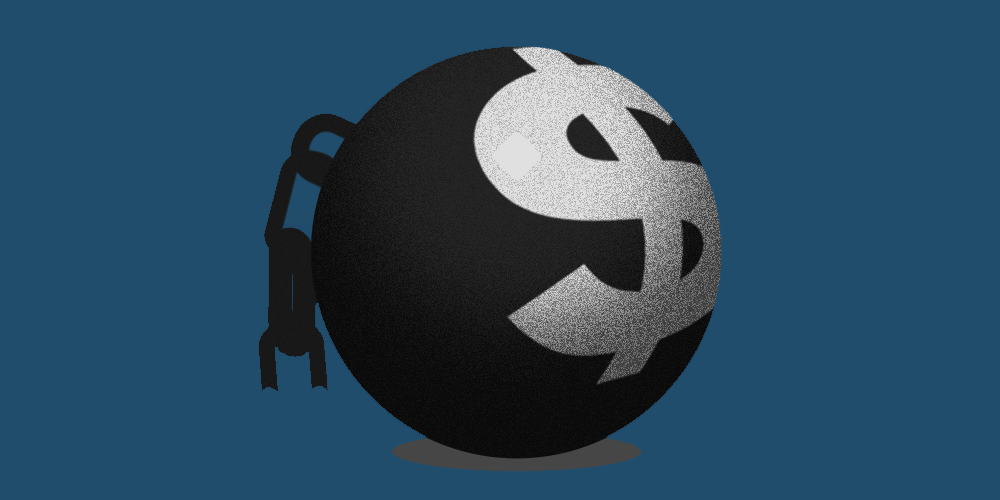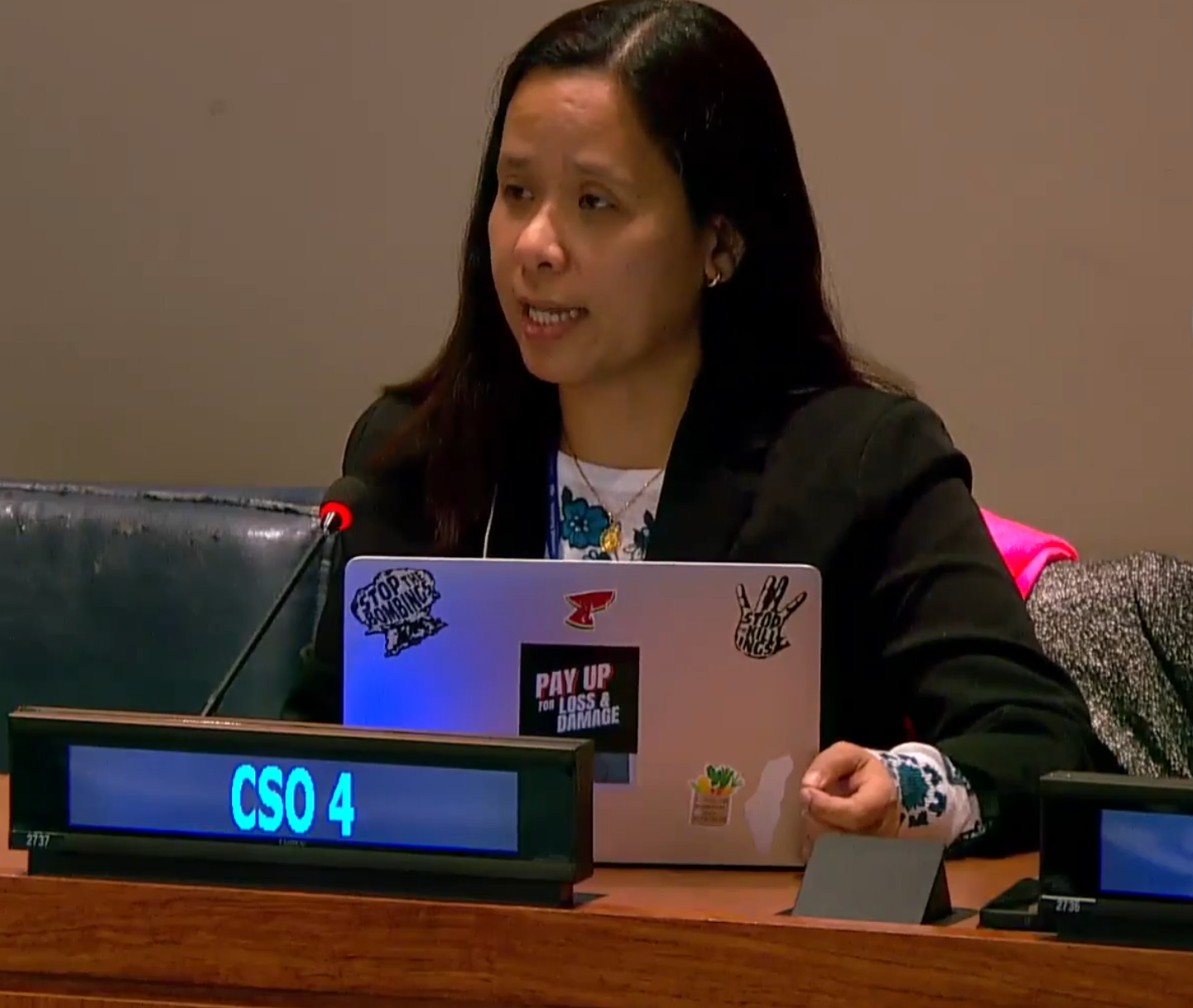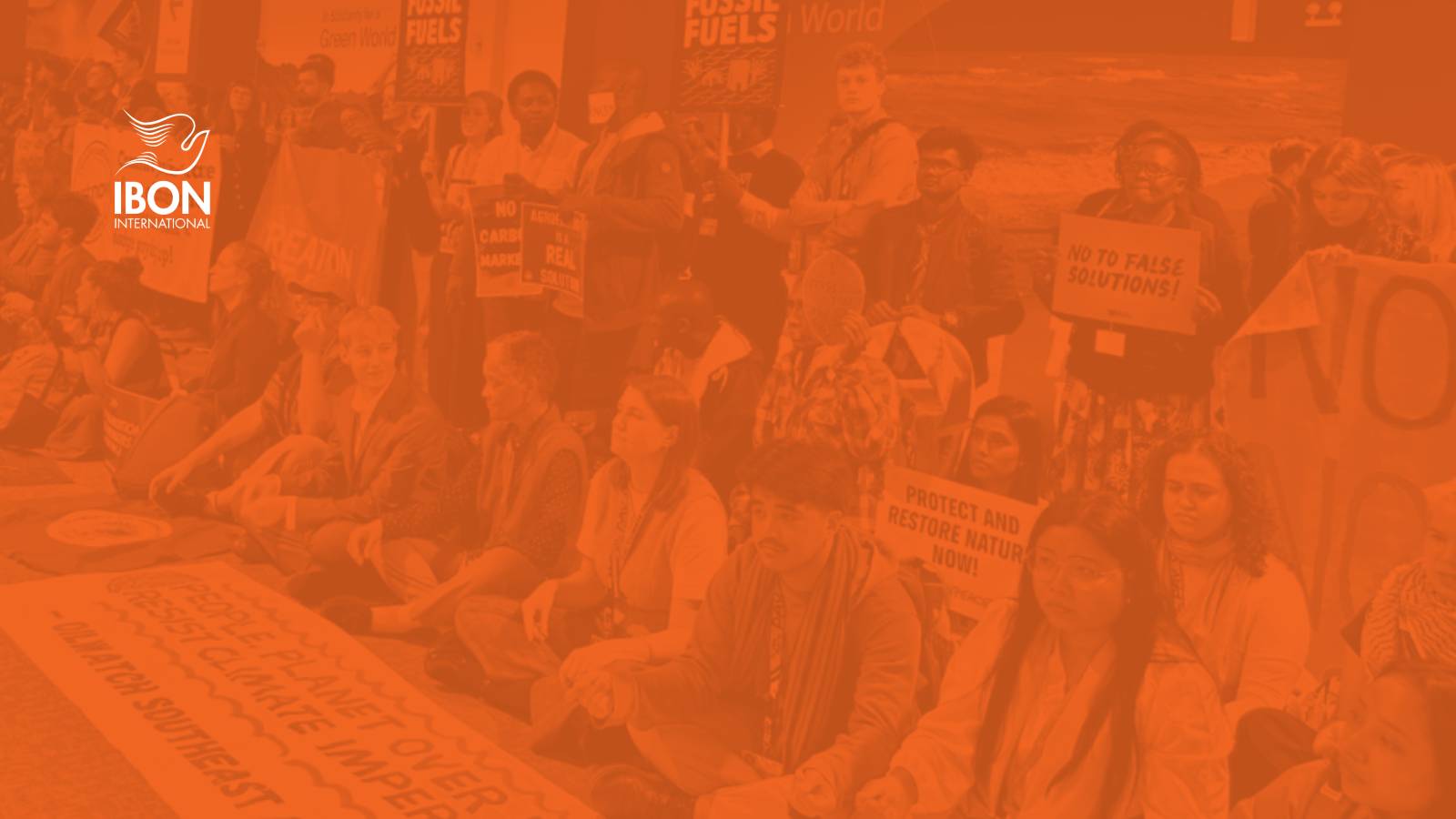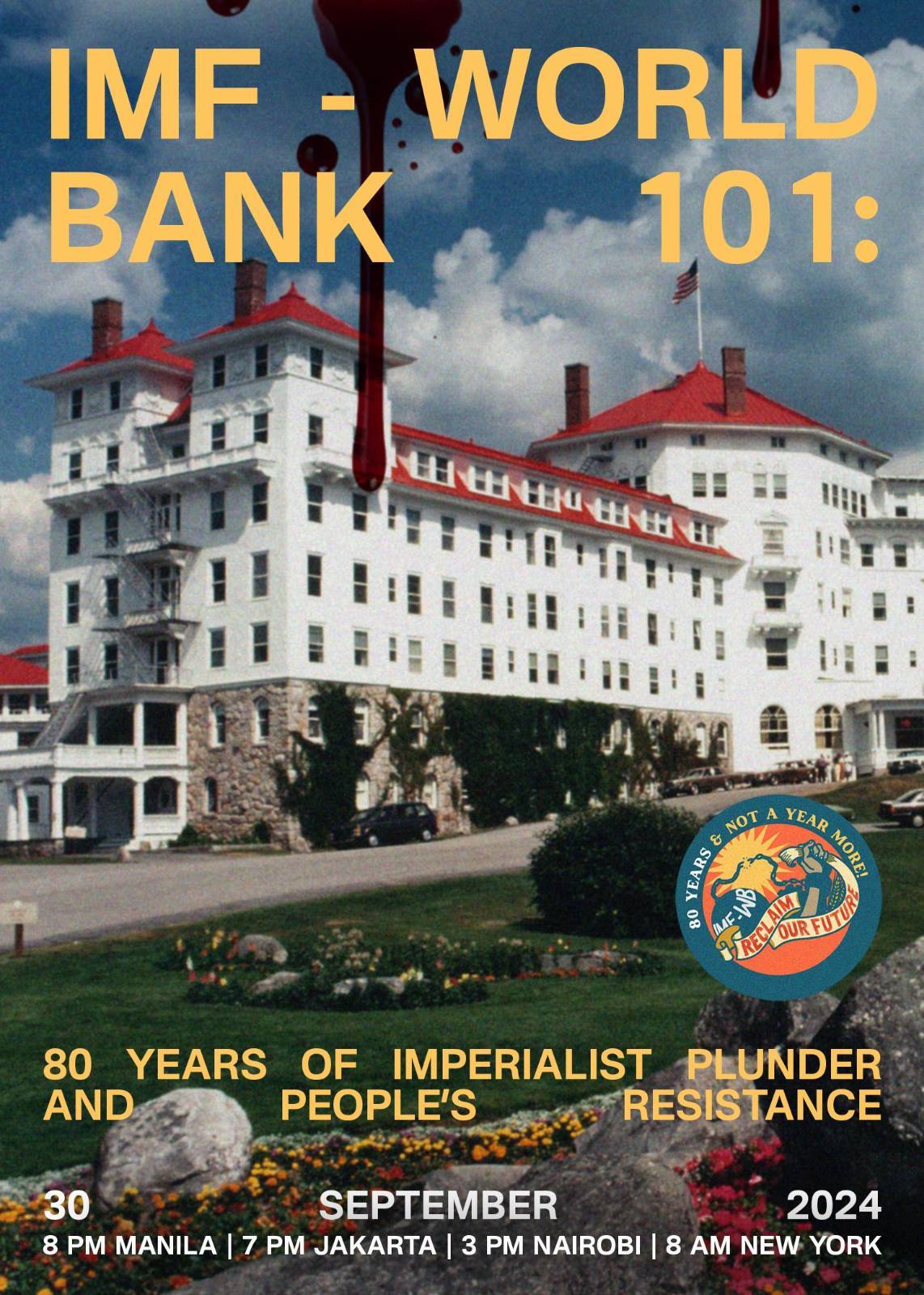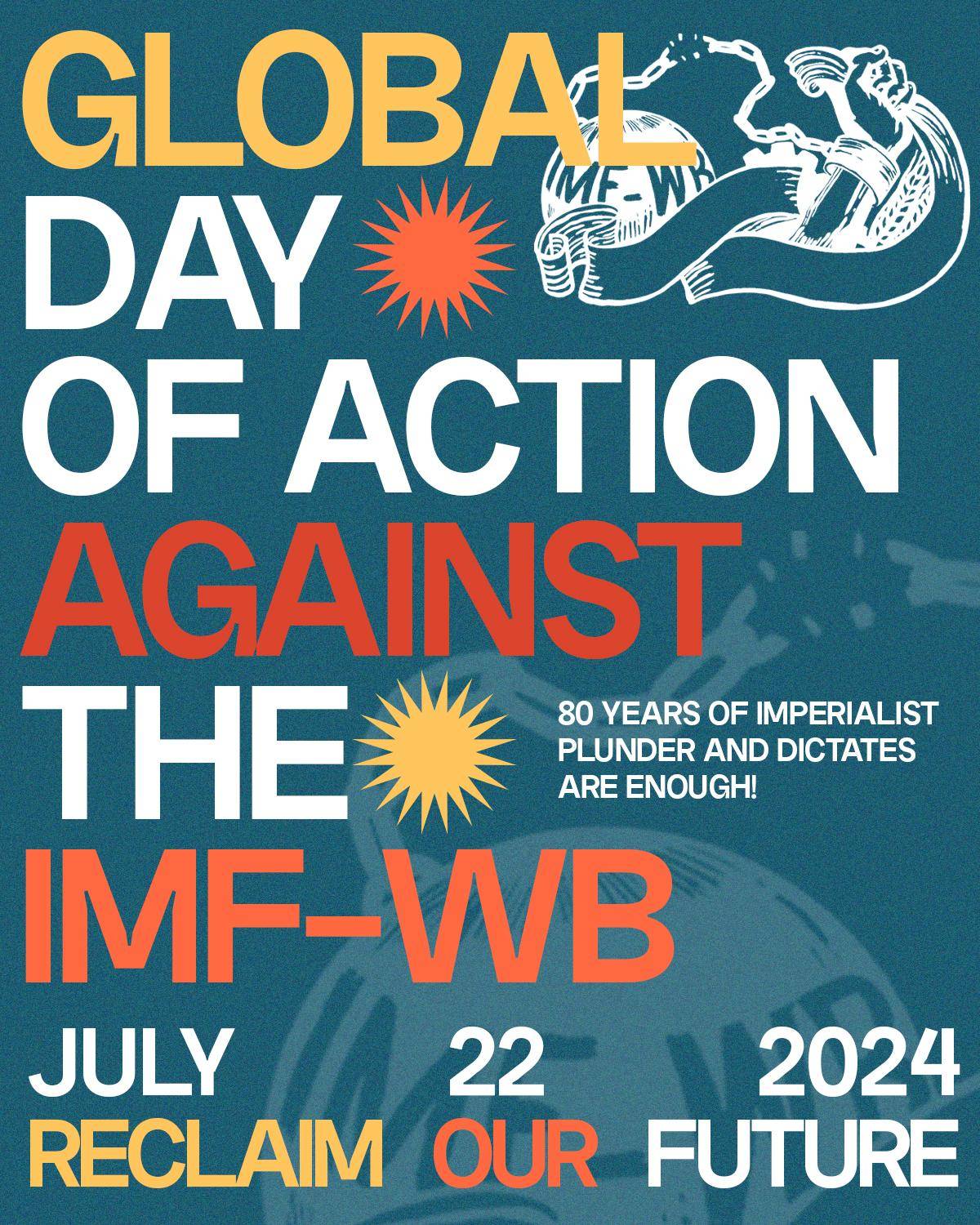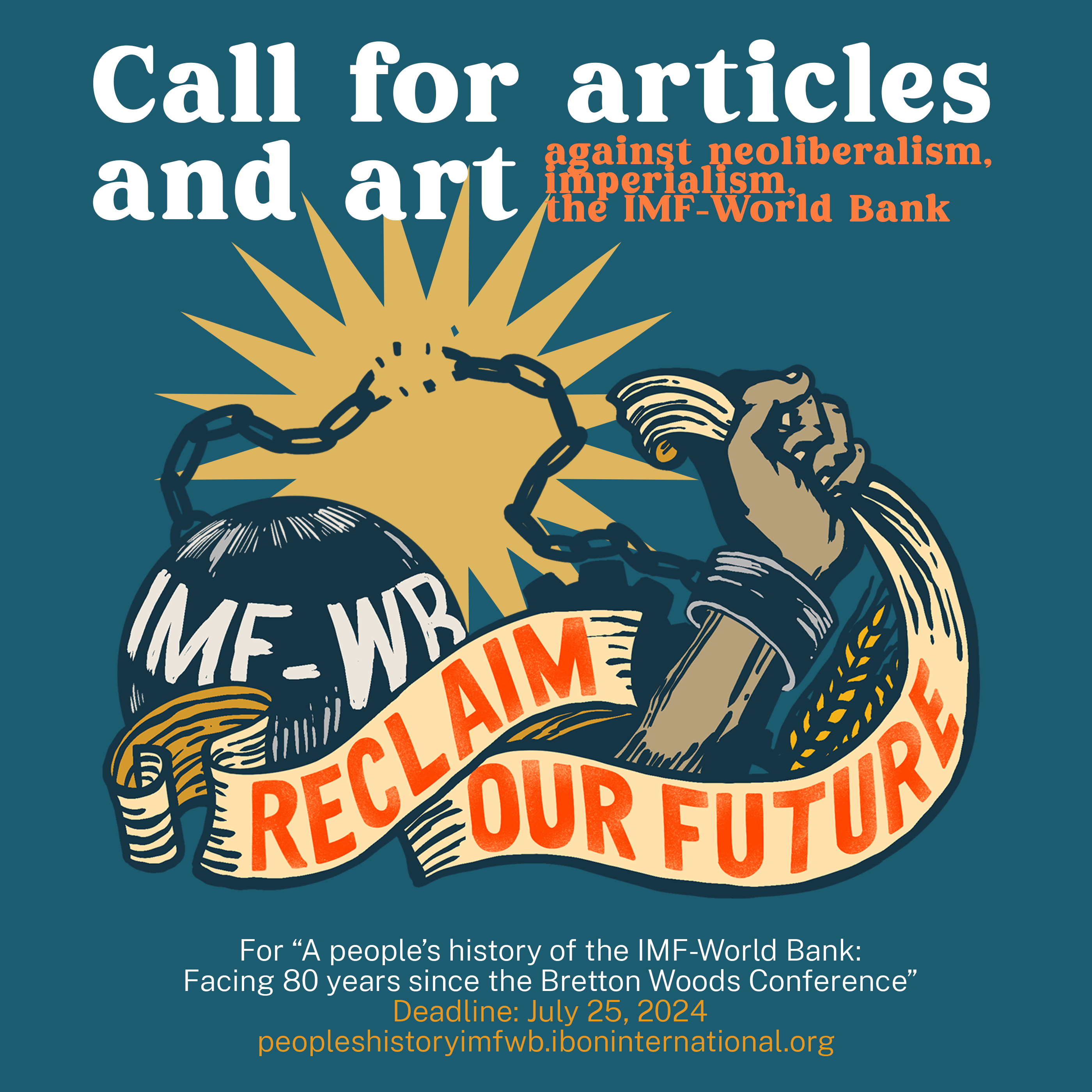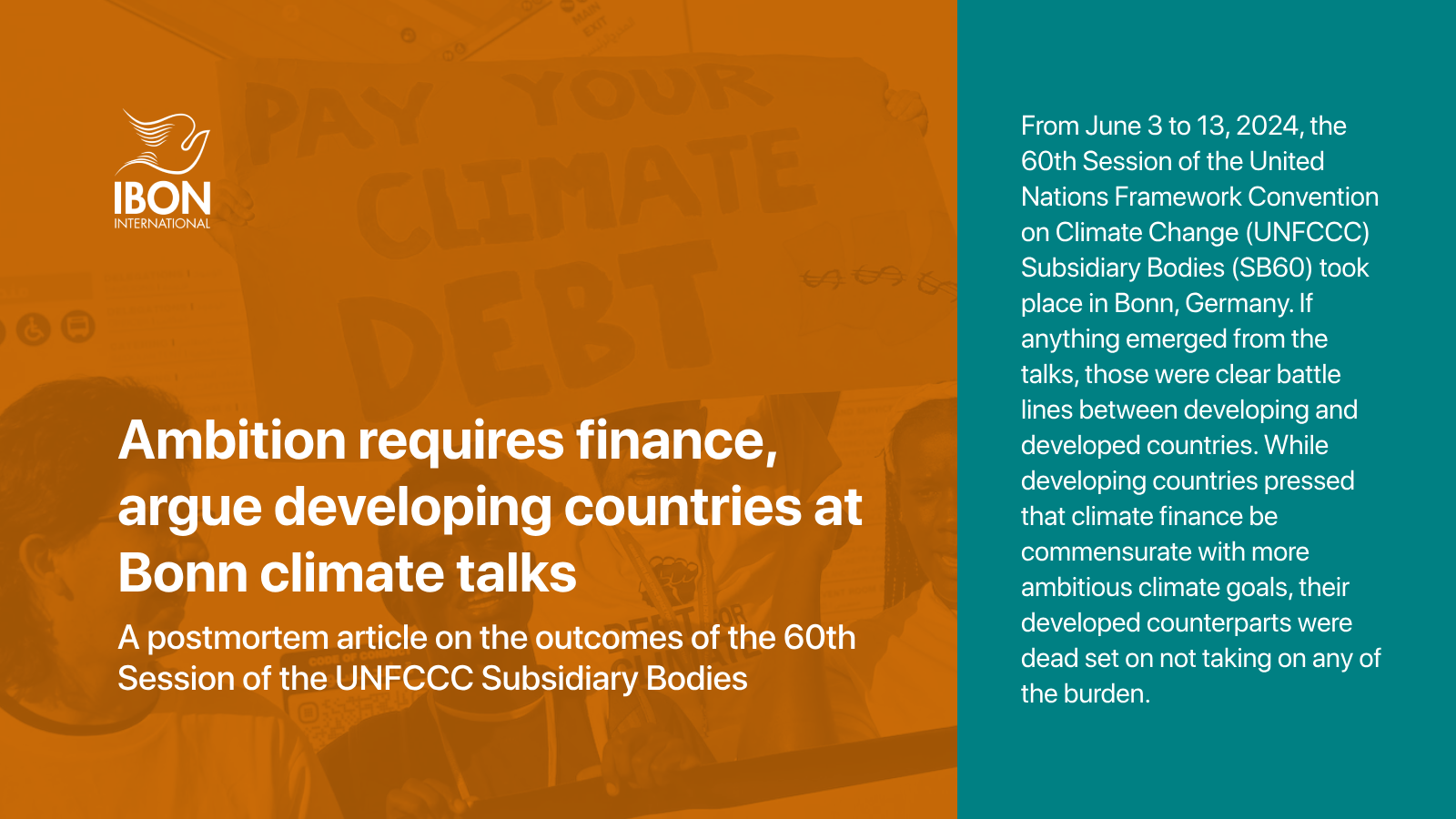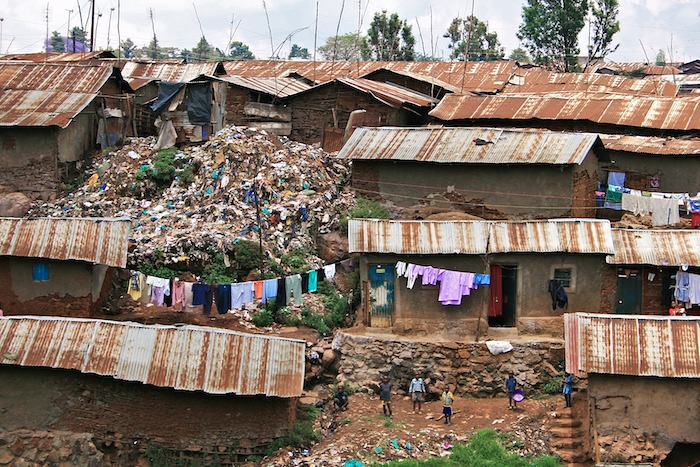This article is part of IBON International’s series on the economic and political aspects of the international situation in 2024.
The United States (US) asserts its dominance in the great power competition with China and Russia through wars and by strengthening its military power. World military spending surged to USD 2.443 trillion in 2023, a 6.8% increase compared to 2022, driven by US-backed Israeli genocide in Palestine, the US-Russia competition in Ukraine, intensifying conflicts in Africa involving Western and Russian actors, and US-China rivalry fanning militarism in the Asia Pacific.
The US remains the biggest military spender in 2023, having spent USD 916 billion, which is 37% of global spending. According to latest available data, it accounted for 42% of global arms exports, and raked in USD 302 billion from arms sales, or 51% of the USD 597 billion total revenue of the top 100 arms companies. Forty-two of the biggest arms companies are based in the US, including the top five: Lockheed Martin, Raytheon Technologies, Northrop Grumman, Boeing, and General Dynamics. The US military is omnipresent with around 750 military bases in at least 80 countries. Japan hosts the most bases (120), followed by Germany (119), and South Korea (73).
While US military strategy has shifted to stemming its decline in the great power competition with China and Russia, it continues to conduct its “War on Terror” in 78 countries. The US has already spent around USD 8 trillion in its post-9/11 wars, killing around 940,000 people from direct war violence, and more from the impacts of war. Thirty eight million people have been displaced in Afghanistan, Pakistan, Iraq, Syria, Libya, Yemen, Somalia, and the Philippines.
Genocide in Gaza and region-wide escalation of conflict
The US-backed Israeli occupation’s siege and genocide in Gaza since early October 2023 have killed at least 38,000 people including 15,000 children, displaced millions of people, and obliterated social and economic infrastructure in Gaza. According to a study published in The Lancet journal, the true death toll including indirect deaths from the consequences of war could reach 186,000 people. Palestinians in Gaza suffer from a severe humanitarian crisis and famine as Israel continues to block aid. The occupation has also targeted humanitarian workers, killing seven international aid workers in April and at least 200 United Nations Relief and Works Agency workers.
Israel has justified its attacks which constitute war crimes as retaliation to Palestinian resistance fighters Hamas’ offensive on October 7, 2023. The US, the United Kingdom, Germany, France, and other Western powers have been vocal in their support for Israel. Since October 2023, the US has provided at least USD 12.5 billion in military aid and made more than 100 arms sales to Israel. The US also blocked three UN Security Council resolutions calling for humanitarian ceasefire in Gaza. US President Joe Biden expressed that his commitment to Israel is “ironclad”.
The siege in Gaza has escalated armed responses across the region. The informal “Axis of Resistance” involving Iran, the Houthis of Yemen, Hamas of Palestine, Hezbollah of Lebanon, the Shia armed group Kataib Hezbollah in Iraq, and Bashar al-Assad’s government in Syria, are mounting military actions against the US and Israel. Since November 2023, Yemen’s Houthi movement has attacked and blocked cargo ships in the Red Sea, the Bab al-Mandeb strait, and the Gulf of Aden from reaching Israel, as a way of supporting Palestine and putting military pressure on Israel to stop the genocide in Gaza. The Houthis have also banned ships from the US and the UK in their surrounding waters. As 12% of global trade passes through the Red Sea, the Houthis’ offensive has forced shipping firms to reroute to longer and more expensive journeys. In response, the US led the formation of a multinational naval coalition in the Red Sea, and has launched air strikes, along with the UK, against Yemen since January 2024. The US and its ally Saudi Arabia have imposed sanctions on the Houthis which risk exacerbating the humanitarian crisis in Yemen.
Lebanon’s Hezbollah has also supported Hamas’ offensive and retaliated against Israel’s genocide in Gaza. Described as the largest escalation between Israel and Hezbollah since the 2006 Lebanon War, the conflict has displaced thousands. Lebanon’s economy is projected to decline by 30% amid the conflict. Israel has also escalated attacks targeting Hezbollah and Iran’s supply networks in Syria, which support armed groups resisting US-backed Israeli attacks. Israel’s April attack on the Iranian consulate in the Syrian capital of Damascus killed Brigadier General Mohammad Reza Zahedi and other senior leaders in the Islamic Revolutionary Guard Corps.
Coups, conflicts, and waning Western power in Africa
In Africa, economic and political crises – rooted in historic colonisation and continuing neocolonial resource extraction, political influence, and military presence of Western powers – drive conflicts in the continent. The largest percentage increase in military spending by any country in 2023 was in the Democratic Republic of Congo (+105%) and South Sudan (+78%).
The Democratic Republic of Congo has been embroiled in conflicts over elections, resources, foreign intervention, and with non-state armed groups. In Sudan, a power struggle between the leaders of the Sudanese Armed Forces and the paramilitary Rapid Support Forces erupted in a civil war in April 2023 that has since killed tens of thousands of people, displaced 8.3 million people, and pushed half of the population to be reliant on humanitarian assistance, with 18 million facing catastrophic food insecurity.
Africa has seen a wave of coups since 2020, nine of which have successfully overturned and replaced governments in Mali, Guinea, Sudan, Chad, and Burkina Faso. In 2023, coups in Niger and Gabon established military governments. The coups were partly motivated by growing anti-French sentiment in its former colonies. French military presence and influence in the continent have shrunk following the coups, but it is still present in Côte d’Ivoire, Senegal, Gabon, Djibouti, and Chad.
US military strategy in Africa, spearheaded by the US Africa Command (AFRICOM), has only exacerbated violence from armed groups, and political instability across the continent as US-trained military officers have been instigating coups since 2008. In 2023, deaths linked to armed groups in the continent increased by 20% to 23,322 people, with over 80% of deaths in the Sahel region and Somalia. The US has exacerbated the problem that it claims to resolve, as prior to its “War on Terror,” the US “didn’t even recognize any terrorist organisations” in Sub-Saharan Africa.
The failure of the US counterterrorism strategy is straining its relations with African countries. In March 2024, Niger terminated its bilateral military pact with the US, prompting the withdrawal of US troops from the country. US troops are also set to withdraw from Chad.
As Western powers are pushed out, Russia has been increasing its influence over the continent especially through the mercenary Wagner group, which has aided military juntas in taking and staying in power. Established in the context of the Russian-Ukraine war in 2014 with support from the Russian government, the Wagner group has been accused of killing civilians and committing human rights violations in Africa. Several African countries have sought assistance from Wagner to combat armed groups in exchange for “access to oil, gas, gold, diamonds and valuable minerals.” Wagner supported Mali’s military government and the Central African Republic, and is looking to expand into Burkina Faso and Niger. In April 2024, the Russian military arrived in Niger to train Nigerien military as US troops withdrew from the country.
Meanwhile, the US has been wary of the prospect of China opening another military base in the continent. China has established a permanent military base in Djibouti since 2017. The rising economic power has also overtaken the US as Africa’s largest bilateral trade partner.
US warmongering, Chinese aggression in the Asia Pacific
In the Asia Pacific, competition between the US and China also heightens militarism. The US advances its military and diplomatic strategy in the region to counter China’s power and influence.
A US trilateral security partnership with Australia and the United Kingdom, or the AUKUS, will provide Australia with up to five nuclear-powered attack submarines. The US has also fortified military presence, support, and relations notably with Japan, South Korea, and the Philippines. While China has more than doubled its military spending in the past decade to USD 296 billion in 2023, it remains only almost a third of US military spending. China has been increasingly aggressive over its territorial disputes with Japan, India, the Philippines, Vietnam, Taiwan, Brunei, and Malaysia, threatening people’s sovereignty and rights. It has built artificial islands and strengthened military presence in disputed waters. Meanwhile, the US exploits China’s territorial disputes to justify its warmongering in the region.
War in Ukraine
More than two years since the Russian invasion of Ukraine in February 2022, over 10,000 civilians have been killed and millions have been displaced. In June 2024, Ukraine rejected Russia’s ceasefire proposal that included demands to “renounce plans to join North Atlantic Treaty Organisation (NATO)” and to withdraw troops from four annexed regions. The June 2024 Summit on Peace in Ukraine, held in Switzerland, excluded Russia and affirmed major Western powers’ support for Ukraine. G7 leaders also showed support by providing a USD 50 billion loan from frozen Russian assets to aid Ukraine in the war.
The Ukraine war is the culmination of the tensions between the US and the NATO dyad, on the one hand, and Russia, on the other. This has been in the context of the former’s expansion of its military activities in Eastern Europe, and the latter’s military build-up in Ukraine. Historically, NATO has been a military alliance among the US, Canada, and ten other European states formed during the Cold War. Currently, NATO comprises 32 European and North American member states, including former Soviet states and Warsaw Pact countries (a defence treaty between the former Soviet Union and Central and Eastern Europe). Russia saw NATO’s expansion towards its border as a threat to its security interests. Support for the war in Ukraine and the country’s NATO membership will be discussed in the formation’s 75th summit in July hosted by Washington. NATO allies are expected to provide EUR 40 billion as well as millions in bilateral support to help out Ukraine in the war.
Meanwhile, Russia and China have been bolstering their alliance through trade and military cooperation amid the war. China boycotted the peace summit in Switzerland which excluded Russia. The US and EU have imposed sanctions on Chinese companies that supply semiconductors to Russia.
Overall, peoples suffer from the wars and conflicts created by the US and other global powers competing among themselves over economic and geopolitical interests. Global powers China and Russia have also taken advantage of the growing discontent against Western neocolonial powers to position themselves as more benevolent allies and expand their influence.
At the same time, the ruthlessness of US-backed wars and great power competition have enraged peoples, and heightened their consciousness about the role of military power in maintaining the neocolonial and profit-motivated world economic system. Moreover, social movements across the world assert that long-term, sustainable peace would require system change and social justice. #


